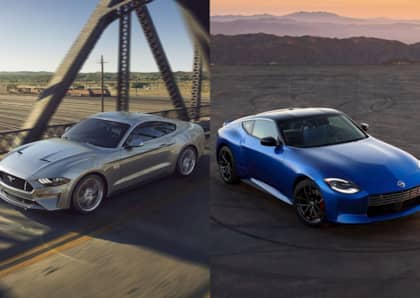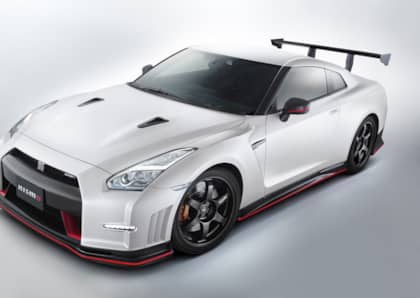The 2003-2009 Nissan 350Z Revitalized Cheap Sports Coupes In America
By the end of the 1990s, the Japanese sports car market had been devastated. As that country's economic bubble deflated, the rising yen made it impossible to continue exporting hot rods like the Toyota Supra, the Mazda RX-7, and the Nissan 300ZX, leaving these turbocharged monsters imprisoned on their island of origin.
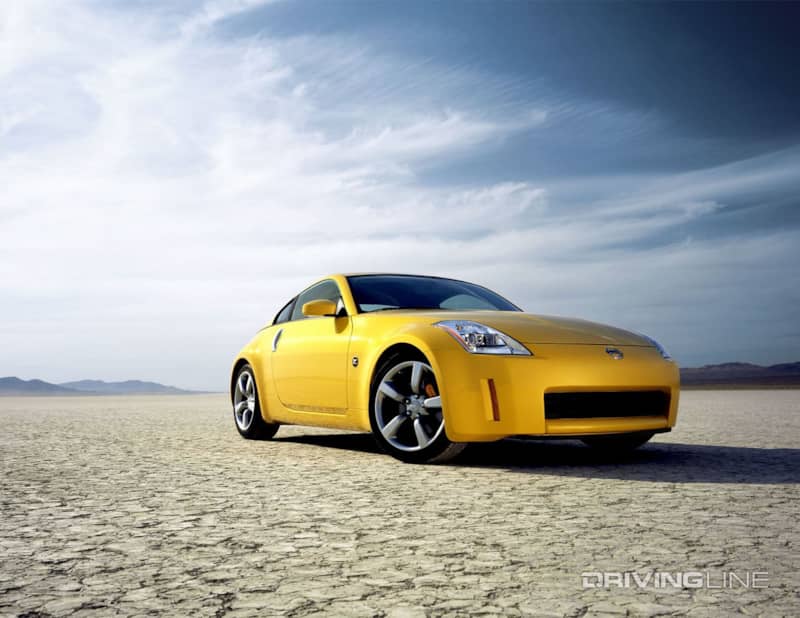
Rather than abandon the coupe game entirely like Toyota and Mazda, Nissan elected to regroup and develop a performance car that could hold its own on the street and the track without the need for expensive turbo drivetrains, trick suspension technologies, or active aero.
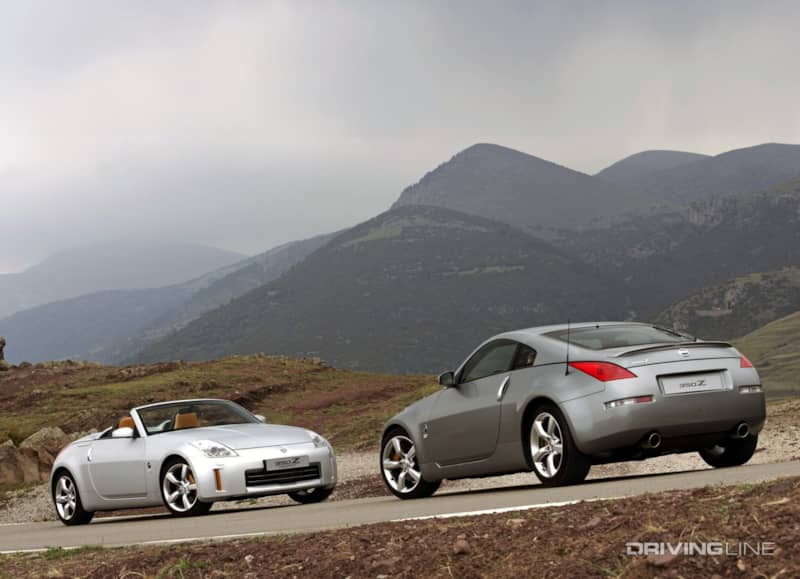
The 2003-2009 Nissan 350Z filled a crucial gap in the Japanese automaker's line-up, helping to revitalize the brand in the early 2000s. It also stood tall as the only legitimate threat to Detroit's affordable two-door fun formula during its entire seven year production run.
Back To Basics
Knowing that it could no longer afford to participate in the high tech arms race that had sunk Japan's homespun near-supercars in the American market, Nissan instead went back to basics with its next-generation Z. Initially, this meant revisiting the lightweight, modestly-powered original 240Z of 30 years beforehand, but there was consensus within the company that a completely retro flavor for the car wasn't what customers were looking for. A 240Z-style concept car was unveiled but eventually discarded.
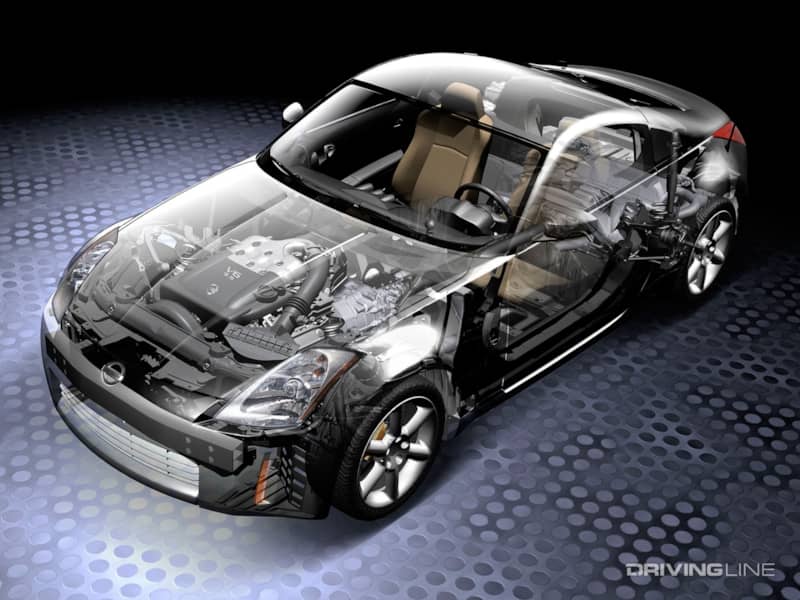
Instead, attention turned over-delivering on performance by keeping costs as manageable as possible. This was achieved thanks in part to Nissan's new 'FM' platform, which was used not just for the eventual 350Z but also its two-door Infiniti G35 sibling, as well as the G35 sedan and the EX and FX crossovers. Named after its 'front-midships' engine placement, which moved the motor as far back towards the firewall as possible for better balance, the rear-wheel drive platform allowed for an updated version of the long hood, short rear deck look of the original Z.
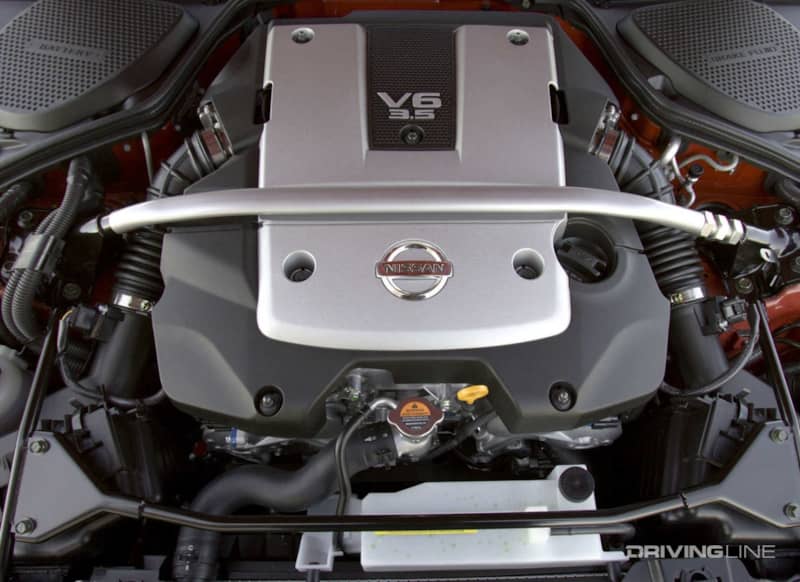
In addition to its new chassis, the 350Z also boasted the automaker's most modern six-cylinder engine. The VQ35 offered by the 2003 model squeezed 287 hp out of its 3.5L of displacement, along with 274 lb-ft of torque. A six-speed manual gearbox allowed the car to hit 60-mph from a standing start in just 5.3 seconds (with an automatic offered as an option). This was competitive with the Ford Mustang GT of the same era.
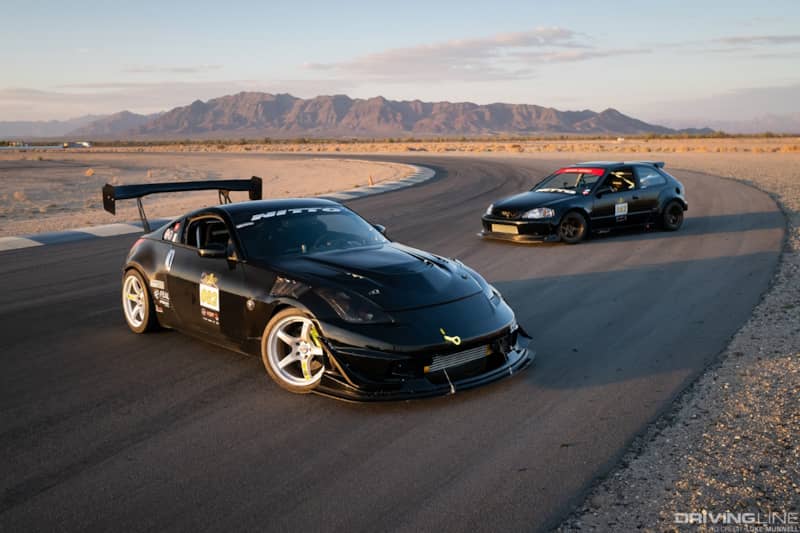
Straight-line speed wasn't the end goal of the Nissan 350Z's designers, however. Rather, the car was intended to provide maximum thrills when connecting one corner to the next, and the availability of three hi-po trim levels—Enthusiasts, Performance, and Track—made this desire known. These versions of the car offered up a mix of limited-slip differentials, more aggressive stability control tuning, Brembo brakes, and aero features, depending on how much money buyers were willing to spend.
Wide And Chunky
The Nissan 350Z also turned heads with its styling, with a mix of cues borrowed from the original S30 Z as well as the porkier 300ZX that had preceded it. Although it featured a flowing, rounded silhouette, the 350Z was just as wide-looking as the older ZX, with a massive rectangular air intake sitting under its broad hood. There was no mistaking it out on the road, and while some buyers found it a less-than-graceful design it roared out of the gate with strong sales that reflected the pent-up nature of Japanese performance fans. A somewhat more awkward roadster version of the coupe followed in 2004.
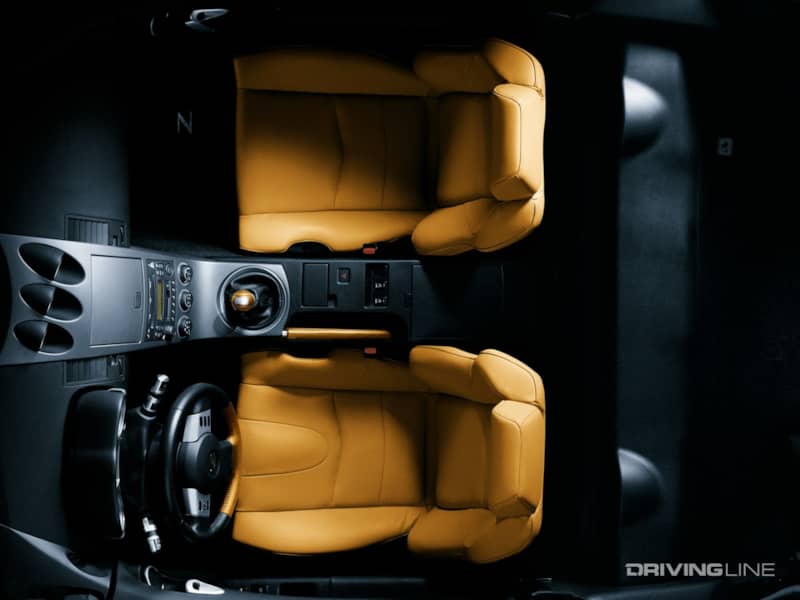
Inside, the car featured a unique gauge cluster that moved up and down with the adjustable steering wheel, along with a largely plasticized dashboard that offered varying degrees of shine depending on which trim level was specified. It was a simple layout intended to provide vehicle information to the driver with as little hassle as possible, although higher end models did introduce leather upholstery and a few extra splashes of color. The two-seater featured open access to the hatch cargo area at the rear, which contributed to its not-so-quiet nature out on the road, but again, this was a character in keeping with its rambunctious personality.
Slow Evolution
Over its lifespan the Nissan 350Z underwent a series of upgrades, and also saw several special models introduced to further hone its edge. In 2005, the 35th Anniversary model appeared, bumping engine output up to 300 hp, and the following year that number stuck across the line-up (as long as you retained the manual transmission). By 2007, the VQ engine had been massaged to 307 hp, dropping torque to 268 lb-ft but providing drivers with a higher redline that stood at 7,500 rpm.
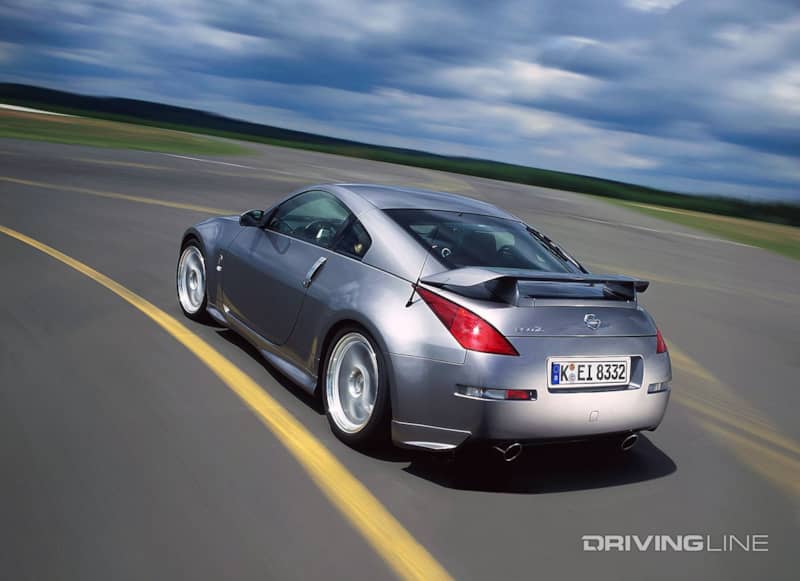
That same year also saw the introduction of the NISMO edition coupe, a package that focused on providing more aero stick (with 33 lbs of downforce added to the rear), staggered 18-inch / 19-inch wheels and tires, and a more aggressive suspension tune.
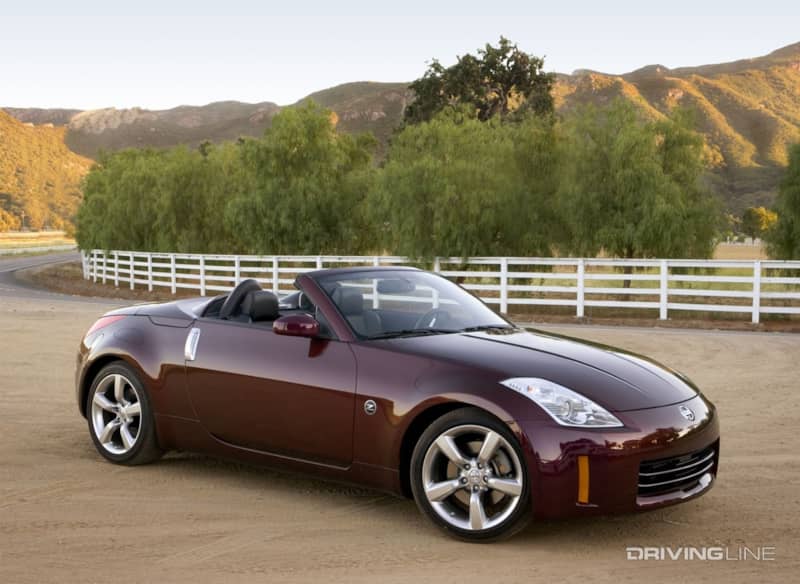
The 350Z coupe was replaced by the 370Z in 2009 (with the roadster hanging on one model year longer), a vehicle that maintained much of the original's package but with slimmed down looks and a larger, 3.7-liter engine.
Setting The Tone
It's hard to overstate the impact that the Nissan 350Z had on the sports car market at the time. By keeping its price under $35,000, yet giving it the kind of handling expected from much more expensive models like the Chevrolet Corvette, Nissan put pressure on both Ford and Chevrolet to improve on their tired muscle car formulas. The S197 Mustang and fifth-generation Camaro that appeared in the mid-2000s were considerably fleeter of foot than their predecessors had been, and the 350Z is responsible for at least some of Detroit's impulse to push in a sportier direction. It's also no stretch to suggest that Toyota's willingness to move ahead with the Scion FR-S and Subaru BRZ program was linked to the Z's success.
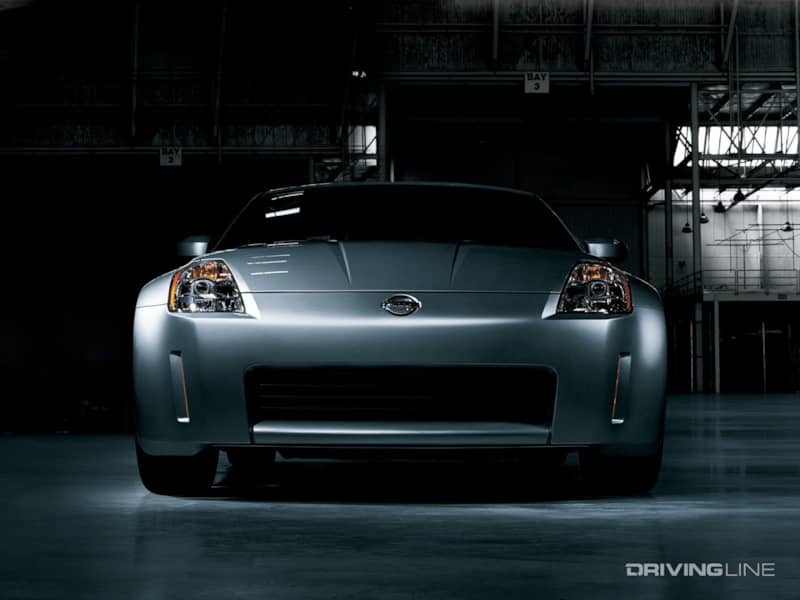
Ironically, the 350Z had somewhat of the opposite effect on sports car development at Nissan. The follow-up 370Z soldiered forward for most of the next decade relatively unchanged, unable to conceal the aged DNA hiding under its somewhat revamped skin and eventually outclassed by the muscle machines it had once taught lessons to on the race track.
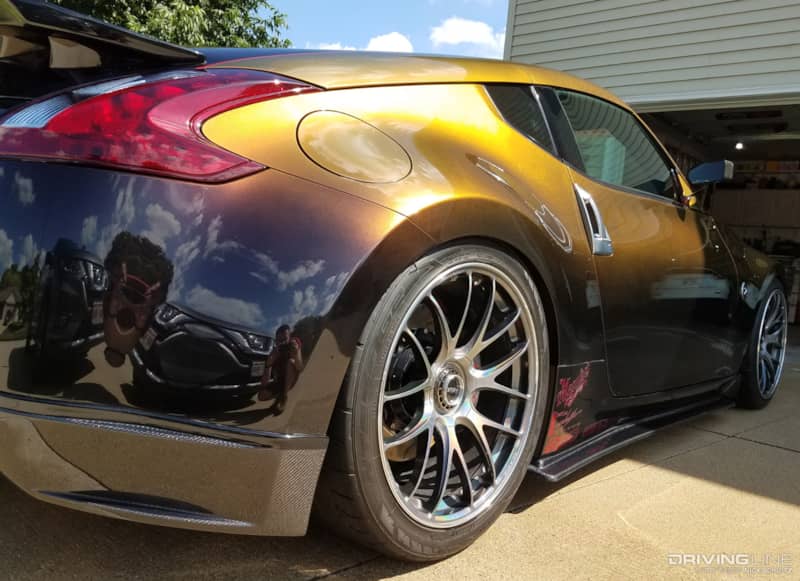
The 350Z's long shadow reflected a lack of investment at Nissan in high performance vehicles, with the GT-R undergoing a similar stasis during the same period.
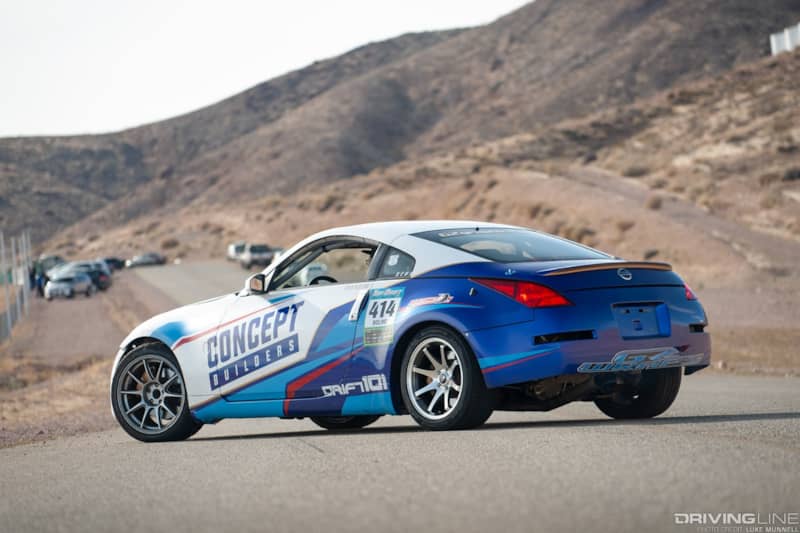
Today, the Nissan 350Z remains remarkably attainable for sports car fans on a budget. Surprisingly, the car has lagged behind other models like the Mitsubishi Lancer Evo IX and the Honda S2000 in terms of being dubbed a 'modern classic.' Thanks to the reliability of its VQ engine (and the ease with which replacement parts can be sourced), the Z is fairly cheap to run, and it's found a second life on road courses and drift circuits across the country. There's definitely still time to park one in your garage before the hype from the redesigned 400Z pushes 350Z prices up into the stratosphere.






